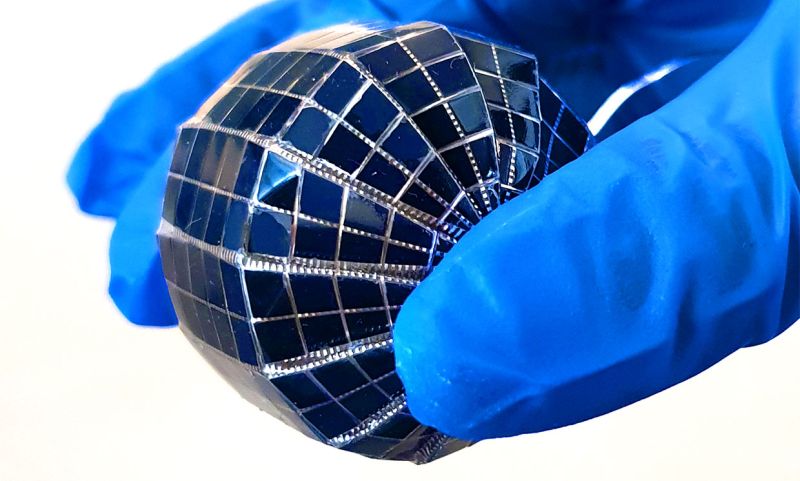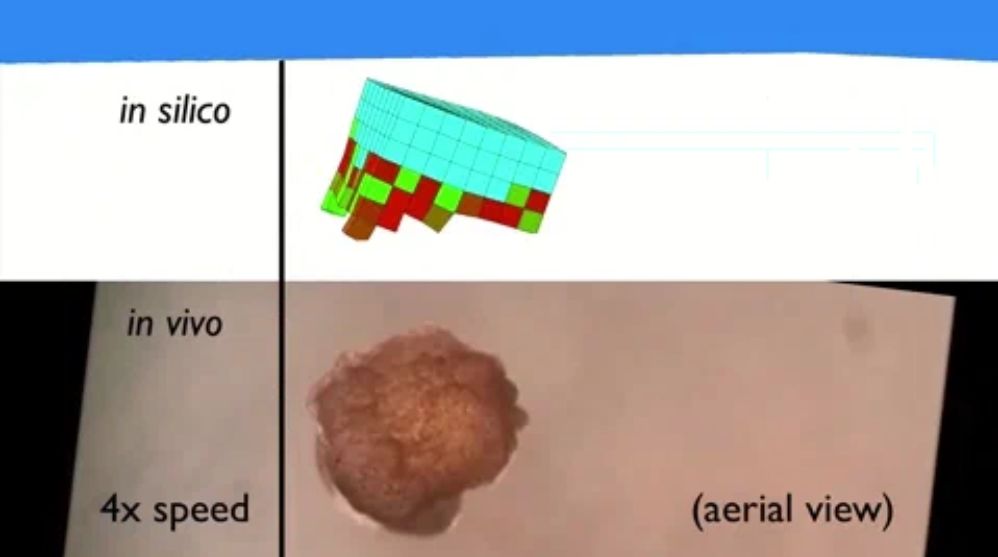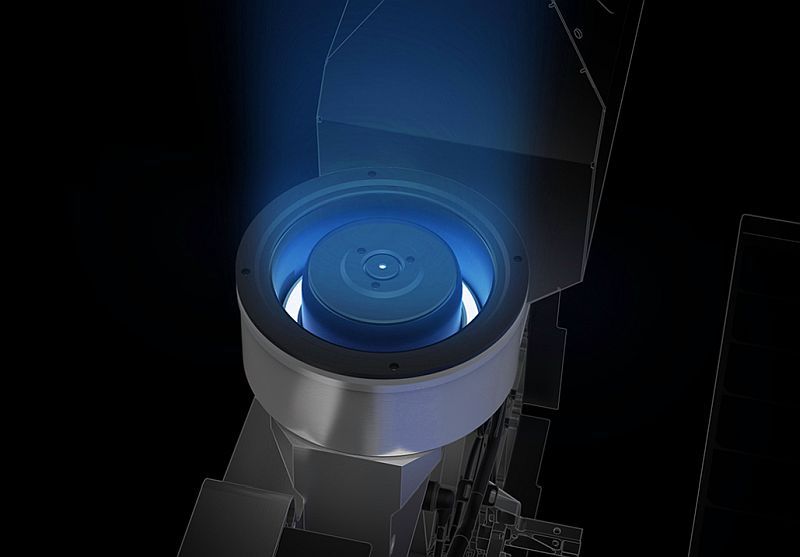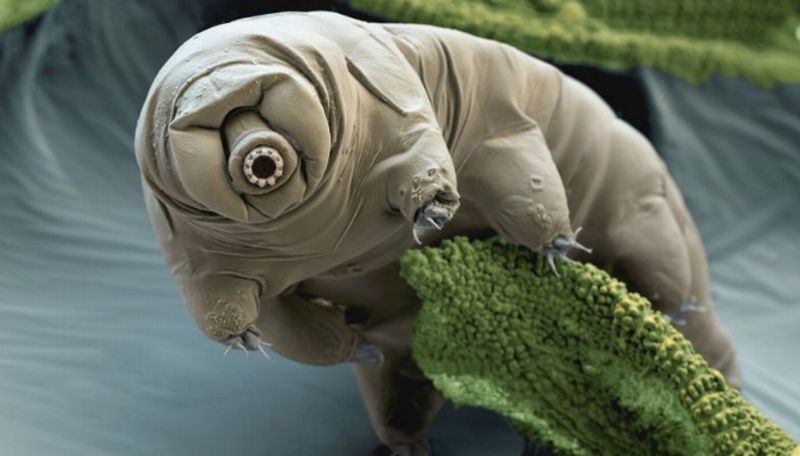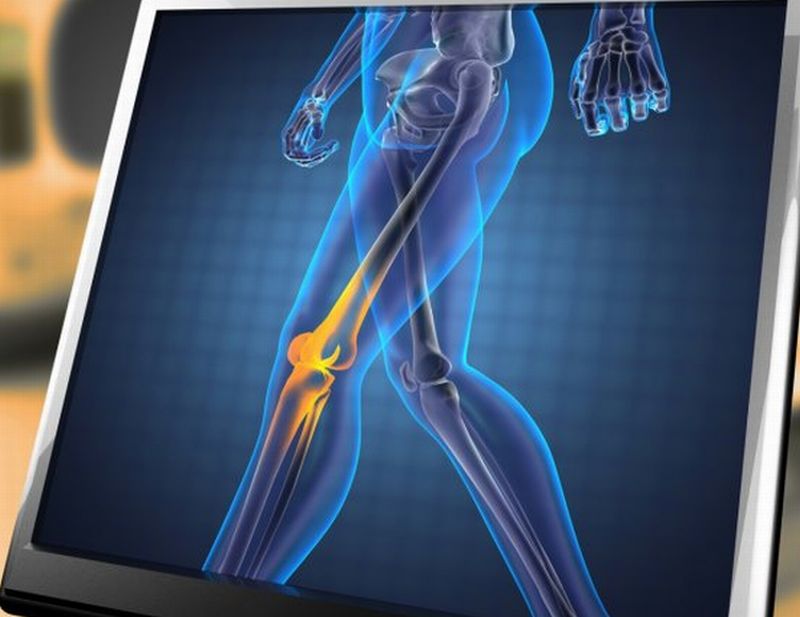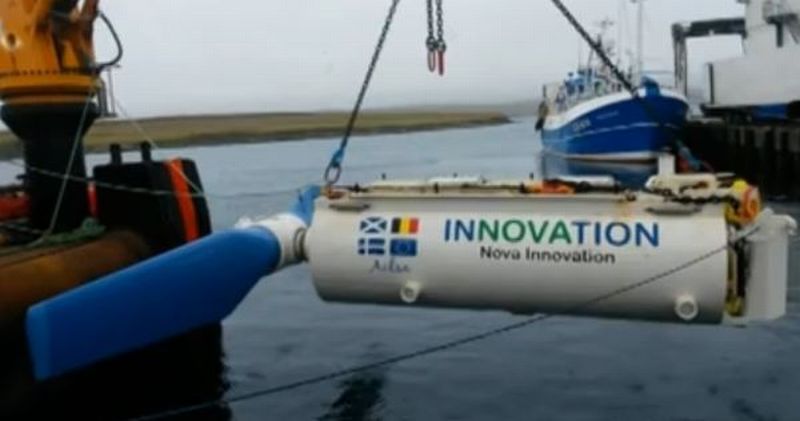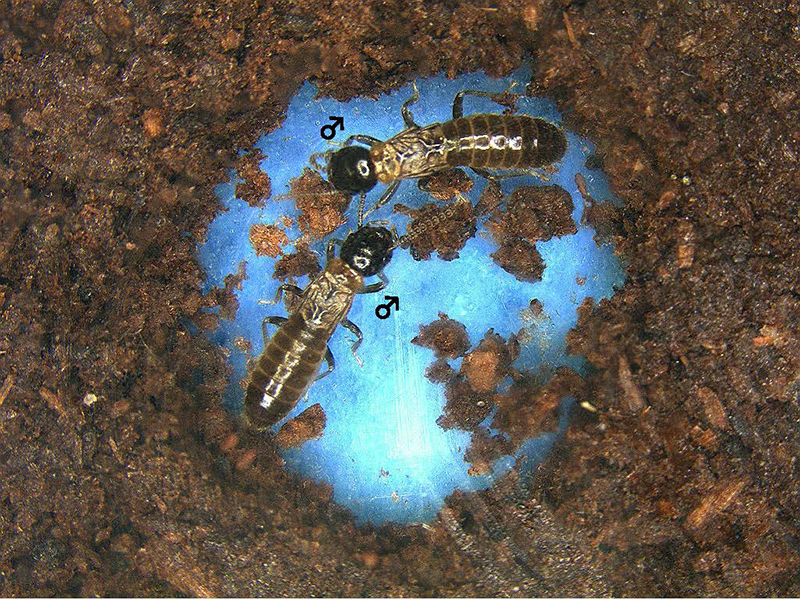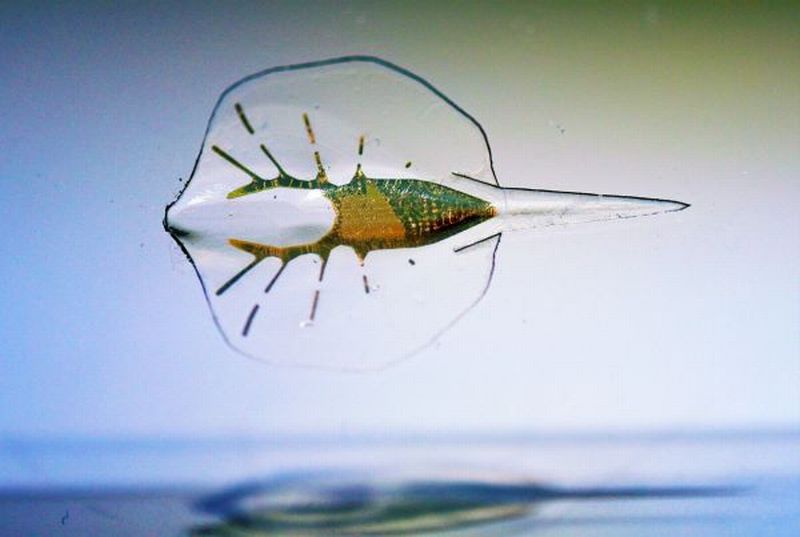Astronauts harnessed the microgravity environment at the International Space Station by developing an ‘exotic’ form of matter. We call it exotic because this form of matter has not been easily observed on earth – maybe due to gravity.
Read MoreTag: research
Spherical Solar Cells Boost Up Solar Energy Harvesting
Flat solar panels dominate the world market when it comes to capture solar energy directly from the Sun. However, the flat design has a major limitation as it cannot keep track of sun’s apparent motion.
Read MoreXenobot: AI is Pushing the Best Way to Construct Itself
Scientists at the University of Vermont, have created a new class of artifact, called xenobots. They have used frog’s stem cells to fabricate first living robots.
Read MoreStarlink: The sole charge of IoT in 2020 and beyond
Our devices might never go out of internet coverage area. Musk plans to provide global internet connection to everyone and anywhere in the world. Connectivity speed too will be above average, that is, more than home WIFI (50Mb/s).
Read MoreProtective Protein Guarding DNA Makes Tardigrades Indestructible: An Offbeat Genetic Constitution
Tardigrades are water dwelling, eight legged microscopic organisms, also known as the water bears, are one of the most resilient organism (extremophile) known to survive in the most inhospitable conditions on earth and even in the space. They are found to thrive in extremely low temperature (as just above the absolute zero), in high temperatures (i.e above the boiling point of water), high pressure and can even withstand high radiation.
Read MoreMale Widow Spiders Inseminate Young Females And Avoid Being Cannibalized: Spidery Sex Life
Sexual cannibalism is very common in some species like the male coin spiders. Black widow and Redback female spiders are famous for slaying their partners soon after mating. The male widow spiders that are considerably smaller in size, are often seen voluntarily offering themselves to be eaten, with a hope that the female will give birth to his offspring. Sometimes, the males reaching out females are mistaken for prey and are killed even before copulation occurs.
Read MoreMolecules That Could Delay Aging Discovered: Achieving Healthy Longevity
With ageing come problems like sagging skin, brittle bones, hearing loss, deteriorating mind and many other issues. Aging is an inevitable process however, science has helped in prolonging this certainty.
Read More3D Bioprinting Would Help Bones Regenerate Without Using Grafts: Printing Prosthetics
Dublin based research team has successfully developed a procedure of 3D bioprinting to design new cartilage templates in the shape of missing bones. This bioprinted template will be implanted in the body to regenerate new bones to fix major injuries and bone defects. Traditionally, such injuries and bone defects require some form of bone grafts that are painful and invasive and often have complications of its own.
Read MoreRobot for Marine Salvage at Dubai (w/Video): Robotic Beach Lifeguard Technology
Emily – a remote controlled robotic lifeguard will be soon deployed at Dubai’s beaches for rescue missions. Boat shaped Emily is the latest technology used by the Dubai Municipality for ensuring safety of the beachgoers.
Read MorePlastic based Clothing that Cools the Wearer (w/Video): Nanoporous Polyethylene Textile
With summer getting more unbearable each year, scientists finally have come up with new clothing material that helps to keep the body cool naturally. Thus, reducing the need for air conditioners and saving considerable energy.
Read MoreScottish Energy Tidal Turbine Power Company Supplies Electricity to the National Grid: Renewable Power (w/Video)
Technology advancement in harnessing renewable sources of energy such as solar and wind has reached a long way. However, tapping marine energy efficiently and reliably at the same time has always remained a challenging task.
Read MoreEvolutionary Edge for Male-Male Pairing: Homosexual Termite
According to a latest research conducted at Kyoto University, lone male termites that do not happen to find a female mate often end up forming homosexual pair. Such pairing gives male Japanese termites better chances of survival. Just like a couple they are seen making nests and sharing resources.
Read MorePolarized Vision does not Beat Camouflage: Marine Visual Detection Model
Animal camouflage is a very common technique. And when it comes to an open sea, things ought to look slightly difficult. However, for fishes like herring, mackerel, and sardines this is not the case. These fishes have a smart camouflage technique, the shimmering silver scales, that can even beat the super sight.
Read MoreRegeneration of Eye’s Outermost Layer via Hydrogel Films: Corneal Transplantation
In a breakthrough study, a team of scientists from the Melbourne University has achieved success in growing cornea cells in the laboratory. Scientists have successfully implanted laboratory grown cornea cells in the eyes of sheep. They are expecting to begin clinical trials in humans soon.
Read MoreMuscles Powered Biohybrid Devices: Robotics with Tissue Engineering
Let’s picture the word, “Robot”, immediately, we get a glimpse of self operating machines, with nuts-and-bolts as building blocks. These machines are permeating all sections of our society. Machine human relationship has crossed the realms of science fiction. In fact, machine learning has become one of the most interesting and sought-after science, sprouting artificial intelligence (AI).
Read More

